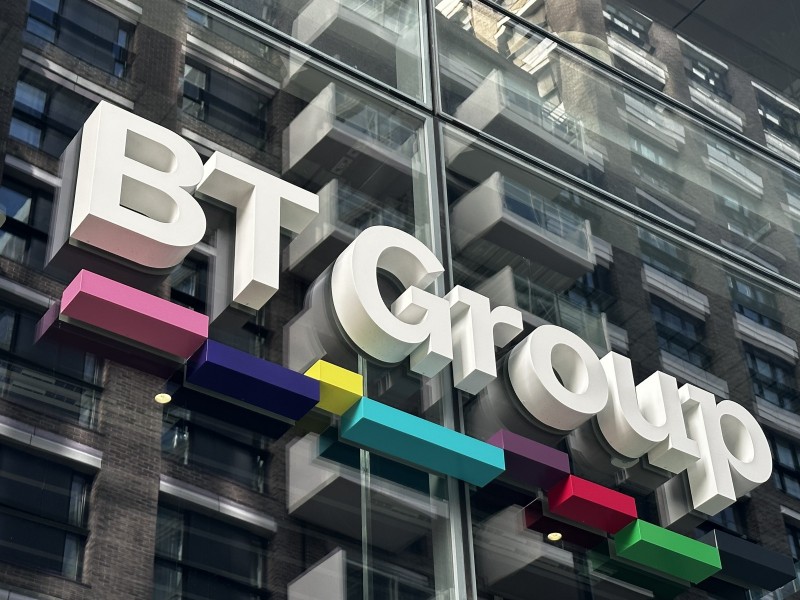BT is planning to cut up to 55,000 jobs by 2030 as part of a cost-saving strategy.
Around a fifth of roles axed by the telecoms giant will be in customer services, with the jobs likely be replaced by technology such as AI, according to the BBC.
The company's chief executive said that the growing generative AI market gives BT the confidence that it can "go even further", said the report.
The company currently has a workforce of around 130,000 people, with the majority located in the UK.
“By continuing to build and connect like fury, digitise the way we work and simplify our structure, by the end of the 2020s BT Group will rely on a much smaller workforce and a significantly reduced cost base,” said BT chief executive Philip Jansen in the company’s latest financial results. “New BT Group will be a leaner business with a brighter future.”
BT said that it had recorded revenue and pre-tax earnings in line with its outlook for the year "despite significant headwinds".
The multinational firm also said that its cost transformation plan was "on track", with cost savings of £2.1 billion since April 2020 against a £3 billion target.
The company's net debt was up £850 million to £18.9 billion, largely driven by a pension scheme contribution of £1 billion.
The news comes after Vodafone saw its share prices drop by nearly four per cent after the company announced plans to slash around 11,000 jobs over the next three years.
Latest News
-
The top technology trends to expect in 2026
-
The most read National Technology News stories of 2025
-
Lyft and Uber sign deals with Baidu for robotaxi trial in London
-
Nextdoor launches AI-driven self-serve ads platform for small businesses
-
Italy's antitrust fines Apple €98.6m over alleged App Store dominance
-
Visa partners with UAE real estate firm to launch voice-enabled agentic commerce payments
The future-ready CFO: Driving strategic growth and innovation
This National Technology News webinar sponsored by Sage will explore how CFOs can leverage their unique blend of financial acumen, technological savvy, and strategic mindset to foster cross-functional collaboration and shape overall company direction. Attendees will gain insights into breaking down operational silos, aligning goals across departments like IT, operations, HR, and marketing, and utilising technology to enable real-time data sharing and visibility.
The corporate roadmap to payment excellence: Keeping pace with emerging trends to maximise growth opportunities
In today's rapidly evolving finance and accounting landscape, one of the biggest challenges organisations face is attracting and retaining top talent. As automation and AI revolutionise the profession, finance teams require new skillsets centred on analysis, collaboration, and strategic thinking to drive sustainable competitive advantage.
© 2019 Perspective Publishing Privacy & Cookies



.jpg)




Recent Stories